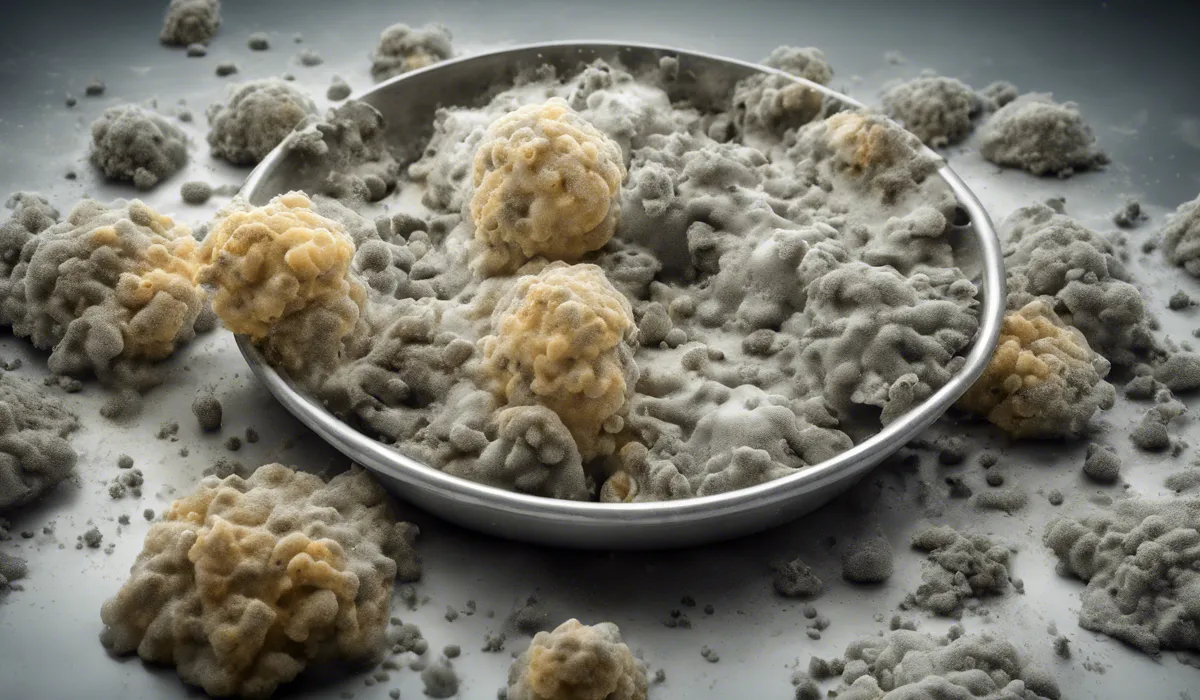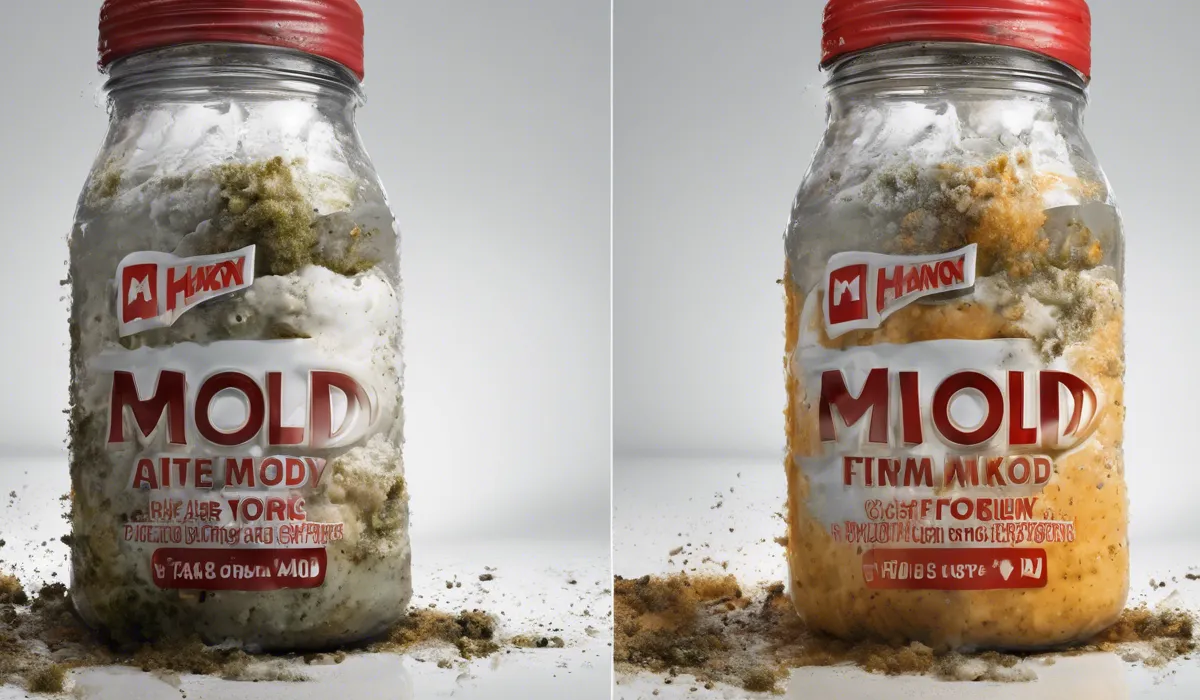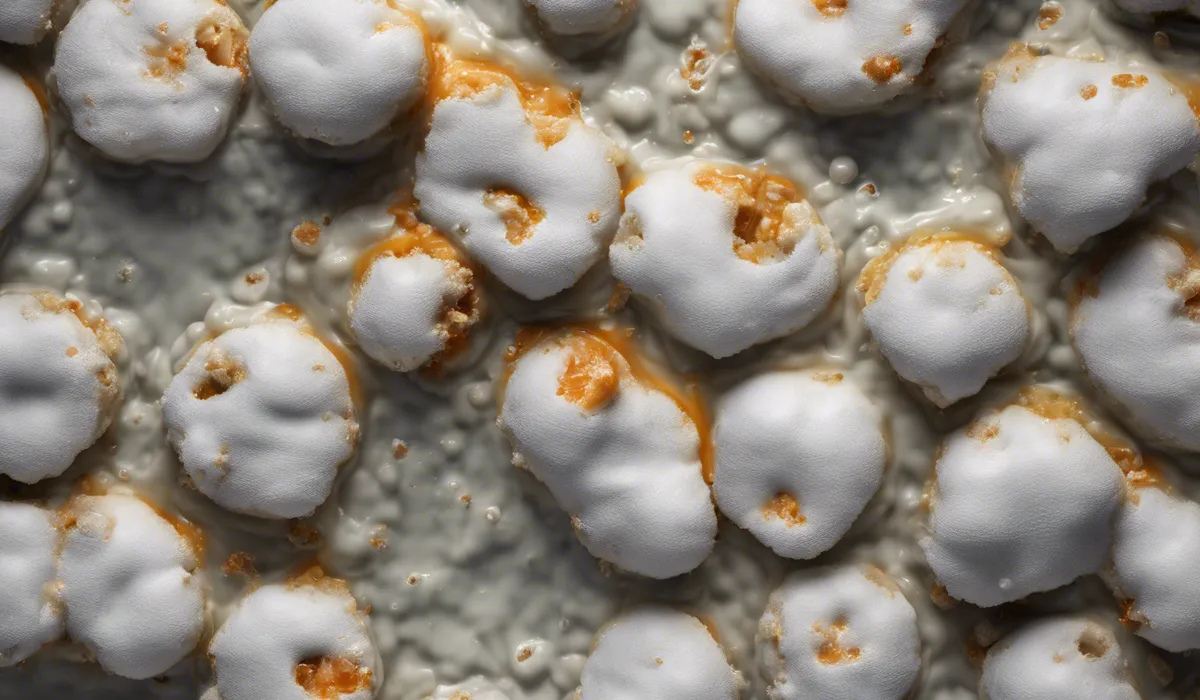Eating mold can make you sick, as some molds produce harmful toxins. Symptoms may include nausea, vomiting, and diarrhea. It’s especially risky for those with mold allergies or weakened immune systems. Always check food for mold before consumption to avoid illness.
Understanding Mold and Its Effects on Health

Definition and Types of Mold
Mold is a type of fungus that grows in multicellular structures called hyphae. It thrives in moist environments and can be found in a variety of colors such as green, black, white, or orange.
There are thousands of mold species, but not all molds are harmful to humans. Some common types include Penicillium, Aspergillus, and Cladosporium.
Conditions Promoting Mold Growth
Mold grows best in warm, damp, and humid conditions. Lack of ventilation, water leaks, and poor light can also encourage mold to flourish.
It’s important to control the humidity in homes and refrigerators to prevent mold growth.
Common Foods Where Mold Can Be Found
Mold can grow on many types of food, especially those with high moisture content. Bread, cheese, nuts, and fruits are common breeding grounds for mold.
Foods with high sugar content, like jams and jellies, can also attract mold.
Identifying Harmful Molds
Not all molds are dangerous, but some can produce toxins called mycotoxins. Aflatoxin, one of the most harmful mycotoxins, can be produced by certain Aspergillus molds and can contaminate crops like corn and peanuts.
It’s crucial to distinguish between harmful molds and benign ones to ensure food safety.
Health Effects of Ingesting Mold
Eating moldy food can lead to various health issues, from mild allergic reactions to severe mycotoxin poisoning.
Immediate effects may include nausea and vomiting, while long-term exposure can have more serious consequences such as liver damage and immunosuppression.
It’s essential to understand these risks and take steps to avoid consuming mold.
Risks and Symptoms of Eating Moldy Food

Risk Factors for Different Groups
Some people are more vulnerable to the effects of mold than others. Those with weakened immune systems, such as cancer patients or organ transplant recipients, children, and the elderly, may experience more severe symptoms if they consume moldy food.
Typical Symptoms of Mold Ingestion
Common symptoms include allergic reactions like sneezing, coughing, and skin rashes. Respiratory issues can also arise, such as difficulty breathing or asthma attacks in susceptible individuals.
Gastrointestinal problems, such as nausea and diarrhea, are signs of potential mold ingestion.
Potential for Mycotoxin Poisoning
Mycotoxins are toxic substances produced by certain molds. Ingesting these toxins can lead to serious health problems, including liver and kidney damage, as well as neurological disorders.
It is important to recognize the potential for mycotoxin poisoning and take appropriate measures to prevent it.
Severe Health Conditions from Mold Exposure
Long-term exposure to mold can lead to chronic health conditions. In some cases, exposure to aflatoxin-producing molds has been associated with an increased risk of liver cancer.
It’s necessary to be aware of the serious health conditions that can result from mold exposure.
Prevention and Safe Food Practices

Preventing Mold Growth in Food Storage
To prevent mold growth, keep food storage areas clean and dry. Use airtight containers for perishable items, and ensure that refrigerators have a temperature below 40°F (4°C).
Regularly check for spoiled food and remove it to prevent mold from spreading.
Handling and Consuming Moldy Foods Safely
If you find mold on food, handle it with care. For most foods, if mold is visible, it’s best to discard the entire item.
However, some foods, like hard cheese, can be saved by cutting off at least an inch around and below the mold spot.
Discarding vs. Eating Moldy Food
Not all moldy foods should be eaten, even after removing the mold. For example, soft fruits and bread should be thrown away, as mold can penetrate deep into these foods.
On the other hand, firm vegetables can often be salvaged by removing the affected area.
Safe Mold Removal from Food Items
When removing mold from food, do so carefully to avoid contaminating other foods. Use clean utensils, and wash your hands before and after handling moldy items.
For some foods like cheese and cured meats, follow specific guidelines to ensure safety.
Importance of Food Hygiene and Kitchen Cleaning
Regular kitchen cleaning and food hygiene are essential in preventing mold. Clean refrigerators monthly, wipe spills immediately, and inspect food regularly.
Proper food handling and cleanliness can greatly reduce the risk of mold exposure and keep your family safe.
FAQs About Eating Mold and Health Risks
Can eating mold make you immediately sick?
Yes, eating mold can cause immediate sickness, with symptoms like nausea, vomiting, and diarrhea occurring shortly after ingestion.
What are the symptoms of mold-induced illness?
Symptoms of mold-induced illness include nausea, vomiting, diarrhea, and in some cases, allergic reactions or respiratory issues.
Is eating mold more dangerous for certain people?
Yes, eating mold is particularly risky for individuals with mold allergies or weakened immune systems, as they are more susceptible to its harmful effects.
How can you tell if food is contaminated with harmful mold?
You can often spot mold by its fuzzy or slimy appearance and discoloration, but some harmful molds may not be easily visible, so always inspect food carefully before consumption.
What should you do if you accidentally eat moldy food?
If you accidentally eat moldy food, monitor for symptoms and seek medical attention if you experience severe reactions, especially if you have a mold allergy or compromised immune system.
Final Thoughts
Eating mold can lead to illness due to the production of harmful toxins by some mold types.
Symptoms like nausea, vomiting, and diarrhea are common, with increased risks for individuals with mold allergies or compromised immune systems. To prevent health issues, it’s crucial to inspect food for mold before consumption.
